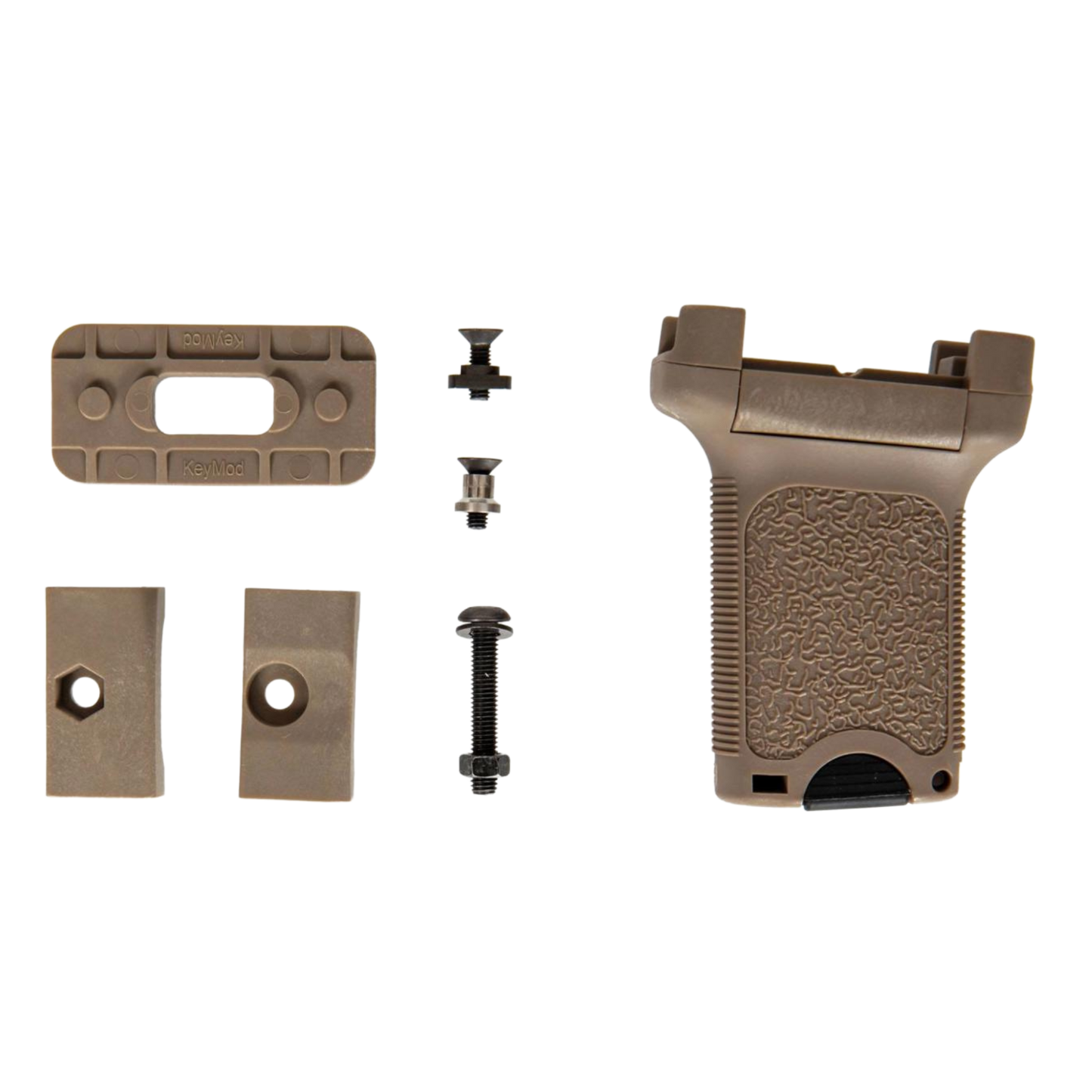Q: Is BCM vertical grip legal on pistol?
A: The legality of a BCM vertical grip on a pistol depends on specific regulations set by the Bureau of Alcohol, Tobacco, Firearms, and Explosives (ATF) in the United States. Generally, adding a vertical foregrip to a pistol can reclassify it as an "Any Other Weapon" (AOW) under the National Firearms Act (NFA), which requires additional registration and taxation. However, an angled foregrip is typically considered legal on a pistol. It's crucial to check the most current ATF regulations and state laws before making any modifications.
Q: How big is the BCM vertical grip?
A: The BCM vertical grip is compact, designed to provide a firm hold without adding excessive bulk. Typically, it measures around 3 to 4 inches in length, depending on the specific model. The size is optimized for control and maneuverability, making it a popular choice for various firearm platforms.
Q: What is the ATF rule on Foregrips?
A: The ATF's rule on foregrips, particularly vertical foregrips, is that adding a vertical grip to a handgun or pistol can change its classification to an "Any Other Weapon" (AOW) under the National Firearms Act (NFA). This reclassification requires the firearm to be registered, and a tax must be paid. However, angled foregrips do not typically fall under this rule, allowing them to be used on pistols without reclassification.
Q: How long can a vertical grip be on a pistol?
A: The length of a vertical grip on a pistol is less about the measurement and more about the type of grip. The ATF doesn't specify a particular length for vertical grips, but the addition of any vertical grip to a pistol can result in it being classified as an "Any Other Weapon" (AOW). To avoid this reclassification, the grip should be angled rather than vertical. Always consult the latest ATF guidelines and regulations to ensure compliance.















